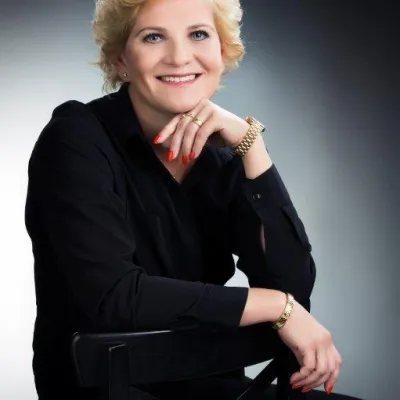I used to study computer science. I was one of the few women in my studies, as well as later on in the early years of my working career. Despite this, I have always felt at home. Super interesting job assignments combined with excellent colleagues have ensured this.
However, I have one vivid memory from my postgraduate times. When I was writing my doctor’s thesis, an experienced and respected professor asked me: ‘How come a woman so young has chosen so challenging research theme? Surely you must get a lot of support from others, right?’
Luckily I did not let such comments bother me. Instead, I gradually pushed ahead towards my dissertation and career in information technology. These days there are more women in IT, even in top positions. As one fresh example, consider the Hive Helsinki coding school sponsored by Supercell. Hive has Minna Kivihalme as its director and Linda Liukas as the chairwoman.
Personally I have lately been involved in ramping up the Finnish Center for Artificial Intelligence (FCAI). I blogged about it earlier this year. At FCAI I am responsible of the Industry and Society Program. If I was writing my thesis today, it might well be related to AI. And there might be some professor claiming it to be a ‘very challenging research theme’.
Indeed, it is challenging. Developing AI intensive systems requires deep knowledge of data, machine learning, algorithms, and problem solving. Furthermore, AI is being applied in almost all industry domains, also in ones which have significant impact in the lives of girls and women. This is why it is very important to invite as heterogeneous a community as possible to work with AI. To lower the threshold, there are luckily a number of various projects such as FCAI’s popular Elements of AI online course.
That being said, there is still a long way to go. According to the tech magazine Wired only approximately 12 percent of AI researchers are women. Forbes paints almost as grim a picture: 85% of professionals working with machine learning are men. Only a bit over four percent of Finnish authors in AI papers published in top conferences are women. In other words, AI is being developed in mainly male teams, even though research proves that heterogeneous workplaces deliver the best results. McKinsey’s Diversity Matters study from 2015 reports that companies with gender diversity in their top management were 15% more likely to have financial returns above their industry mean.
Even worse, AI and automation in general threaten in particular professions with female workforce majority. For example, the above-mentioned Forbes article tells that 73% of cashiers in shops are women and estimates 97% of them to lose their jobs due to automation.
The Academy of Finland, EU networks, as well as other R&D funding bodies are worried about the lack of girls and women in technical fields. Fortunately there is a shared intent to fix this. Personally I wish that every teenager and young adult would at least consider the possibilities provided by IT and other technical fields. They are full of interesting opportunities and career paths – AI being one of the most attractive of them.
I am a mother of two teenagers. I want both my daughter and son to make the best fact-based choices regarding their careers and futures. Stereotypes and attitudes of the past should not form any obstacles for either of them as they pursue good lives and interesting jobs.




